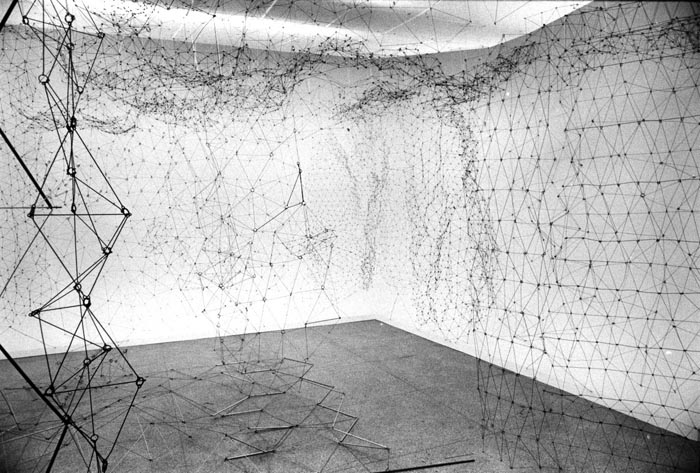My final project consists of a YouTube channel dedicated to deconstructing and reconstructing viral videos. This was an ambitious project, which predictably, turned out to be not quite as ambitious as I originally hoped, but it was still very interesting and I hope to continue with it. I ended up with three videos, one centered on walking/dancing, one on music, and one on kids/babies. The more I think about it the more I realize how many directions are possible with this project; it's a miracle I managed to narrow down those three. Anyway, here are the three videos:
The YouTube channel: click here.
The thing that struck me thinking about allatonceness and the global village is that these viral videos have managed to get at basic ideas/emotions that connect us all: laughing, dancing, confusion, shock, music, etc. For the most part, they connect to people on a very basic level, and that's what makes them not only entertaining but shareable. For all of our supposed complexity in the digital age, all it really takes is a cat video to connect millions of people.








